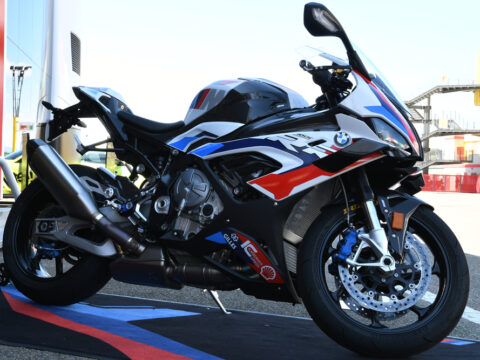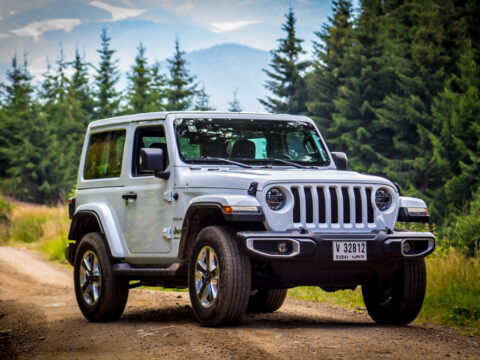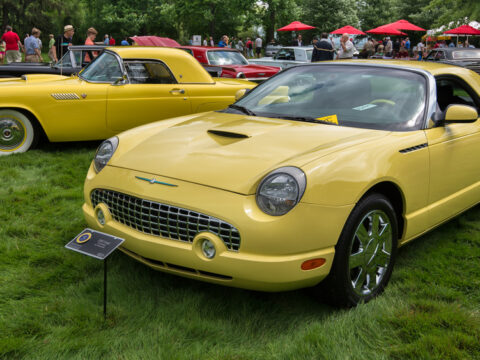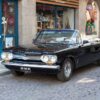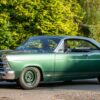Discover the unforgettable allure of Hollywood’s most iconic vehicles as they transcended the screen to become true movie stars. From sleek sports cars to rugged classics, these famous automobiles have left an indelible mark on cinematic history, captivating audiences with their unique personalities and unforgettable roles on the silver screen.
Contents
Fiat 500 (1957-present)
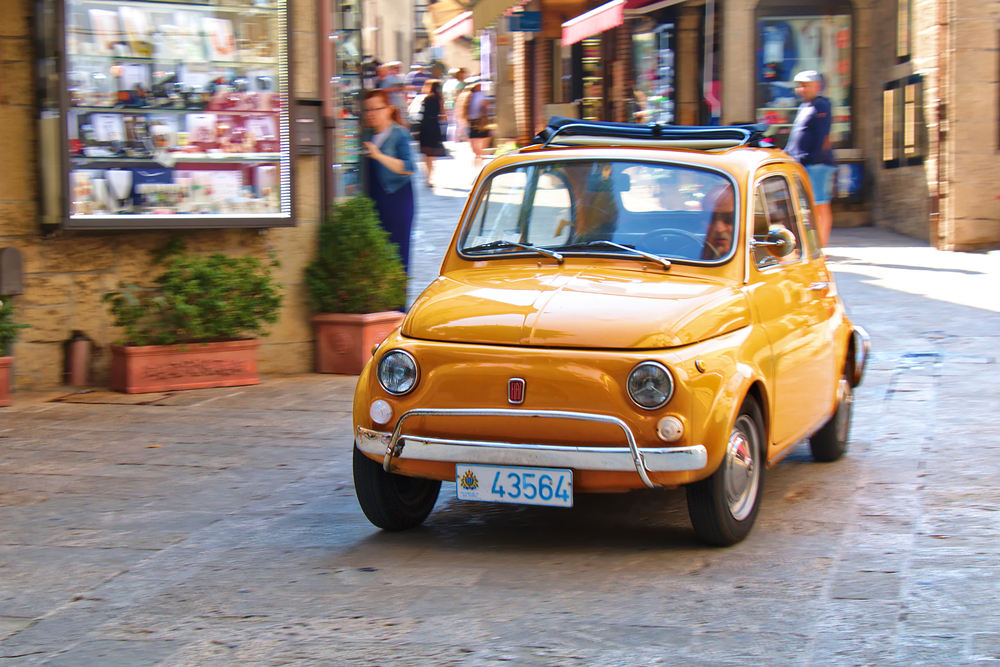
The Fiat 500 gained fame in “The Graduate” as a symbol of youthful rebellion and freedom. Its compact size, playful design, and association with the film’s iconic scenes, particularly the car’s use in escaping mundane suburban life, contributed significantly to its status as a cultural icon. The Fiat 500 represented a departure from the large, extravagant cars of its time, embodying a more carefree and adventurous spirit that resonated with audiences and made it an enduring symbol of 1960s counterculture.
Chevrolet Corvette (1953-present)
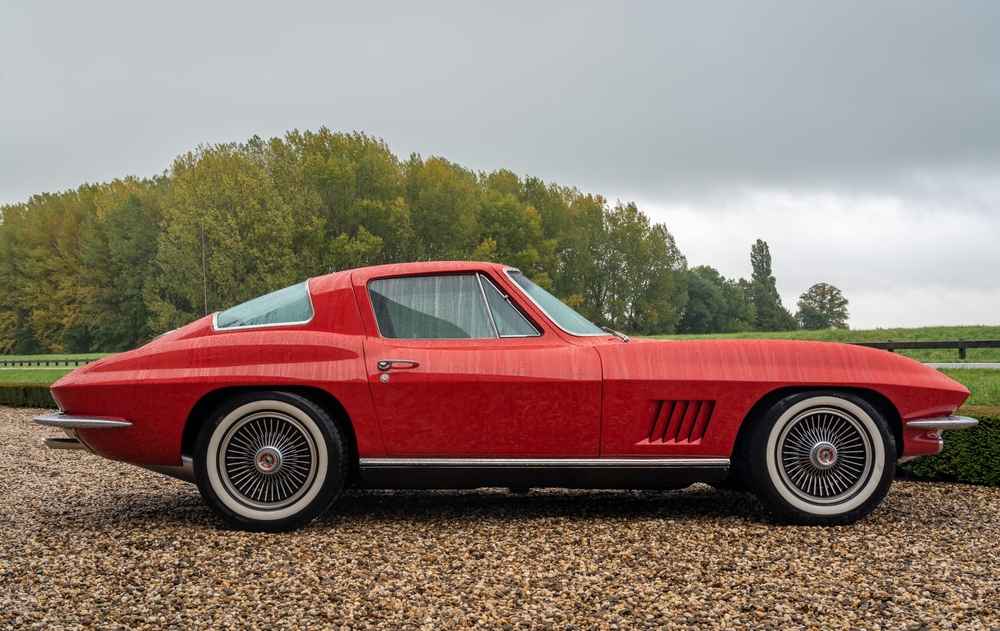
The Chevrolet Corvette became a movie star in “Corvette Summer,” where it played a pivotal role as a customized and eye-catching vehicle. Its sleek styling, powerful performance, and association with the film’s themes of youth, independence, and chasing dreams elevated it to iconic status among sports car enthusiasts. The Corvette’s enduring appeal lies not only in its performance capabilities but also in its representation of the American dream and the thrill of the open road, making it a timeless symbol of automotive excellence.
BMW Z8 (1999-2003)

The BMW Z8 achieved fame in “The World Is Not Enough” as James Bond’s stylish and high-tech vehicle. Its exotic design, cutting-edge gadgets, and association with the suave secret agent contributed to its status as a coveted collector’s item and a symbol of luxury and sophistication. The Z8’s appearance in the Bond franchise showcased its blend of performance and elegance, making it a standout among sports cars of its era and solidifying its place in cinematic and automotive history.
Dodge Challenger (1970-present)

The Dodge Challenger gained cinematic fame in “Vanishing Point,” where it was featured in thrilling chase scenes that showcased its high-speed capabilities and rebellious spirit. Its muscular appearance, powerful engines, and role as a symbol of American muscle car culture made it a favorite among enthusiasts and a timeless icon of automotive performance. The Challenger’s enduring popularity stems from its combination of raw power, iconic design, and memorable appearances in film, cementing its status as a movie star muscle car.
Chevrolet Chevelle SS (1964-1977)

The Chevrolet Chevelle SS became an icon in “Dirty Mary, Crazy Larry,” where it was depicted as a powerful and stylish getaway car. Its aggressive styling, high-performance engines, and role in adrenaline-pumping chase scenes contributed to its status as a beloved muscle car among enthusiasts and a memorable movie star. The Chevelle SS embodied the spirit of 1970s automotive culture, representing speed, freedom, and the thrill of the open road in a way that resonated with audiences and solidified its place in cinematic history.
Plymouth Fury (1956-1978)
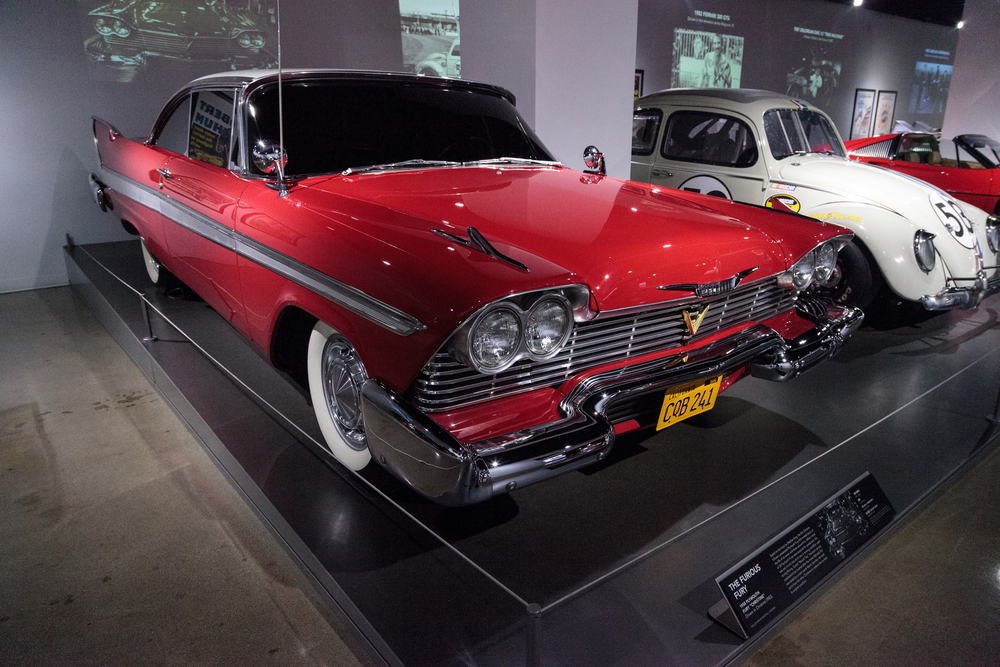
The Plymouth Fury achieved fame in “Christine” as a menacing and supernatural car with a mind of its own. Its distinctive appearance, portrayed as both beautiful and terrifying, along with its role as a vengeful entity, contributed to its cult status in horror cinema and made it a memorable movie star. The Fury’s transformation from a classic automobile to a symbol of terror captured the imagination of audiences, cementing its place as an iconic vehicle in the realm of horror films and automotive pop culture.
Jaguar E-Type (1961-1975)

The Jaguar E-Type gained cinematic fame in “Austin Powers: International Man of Mystery” as the iconic spy car driven by Austin Powers. Its sleek design, British elegance, and association with spy movie tropes, such as hidden gadgets and secret compartments, made it a memorable movie star vehicle. The E-Type’s appearance in the film showcased its timeless appeal and status as a symbol of luxury and adventure, adding to its allure among automotive enthusiasts and fans of spy cinema.
Audi R8 (2006-present)
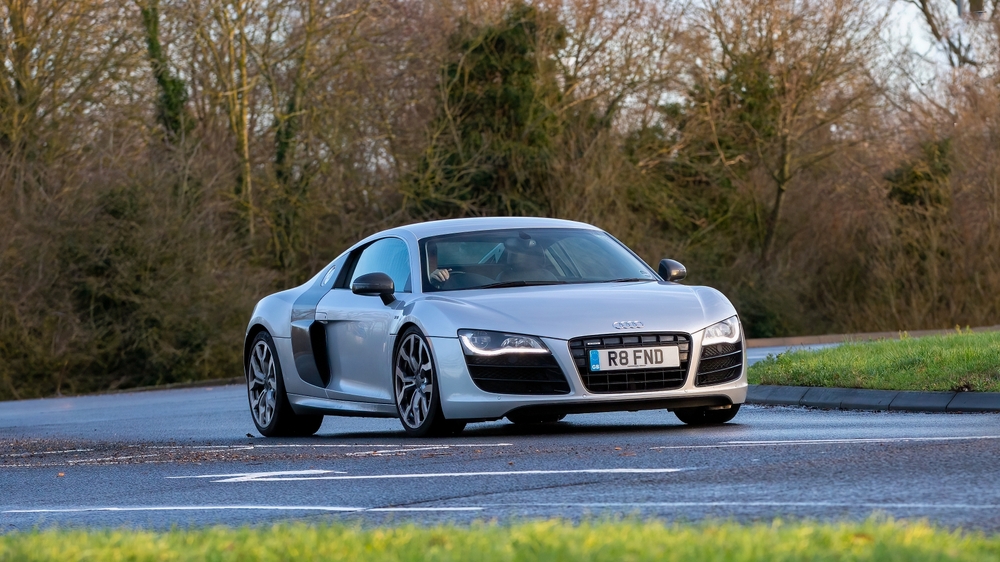
The Audi R8 became a cinematic legend in “Iron Man” as Tony Stark’s high-tech and powerful supercar. Its futuristic design, advanced technology, and association with a superhero’s ride elevated it to iconic status among sports car enthusiasts and moviegoers alike. The R8’s appearance in “Iron Man” showcased its blend of performance, style, and innovation, making it a standout among exotic cars and solidifying its place as a beloved movie star vehicle associated with one of cinema’s most iconic characters.
Pontiac Firebird Trans Am (1967-2002)
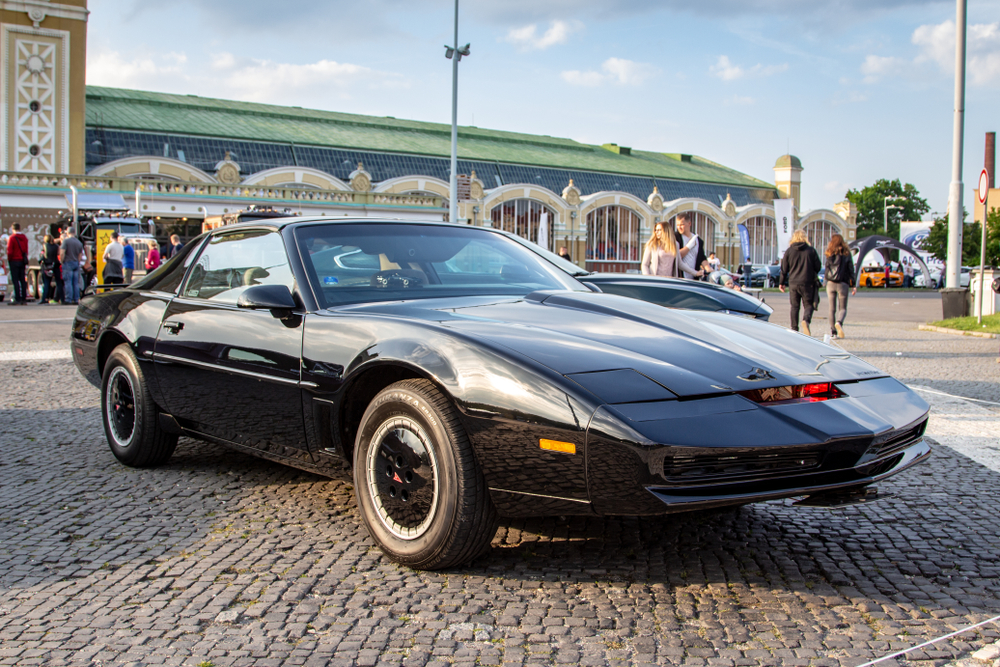
The Pontiac Firebird Trans Am achieved fame in “Knight Rider” as KITT, a high-tech and intelligent crime-fighting car. Its futuristic features, iconic appearance, and association with the popular TV series made it a beloved automotive icon and a memorable movie star vehicle. The Trans Am’s role as KITT showcased its versatility and innovative design, capturing the imagination of audiences and contributing to its lasting legacy as a symbol of automotive innovation and adventure.
Mercedes-Benz 300 SL (1954-1963)

The Mercedes-Benz 300 SL gained cinematic fame in “The Hangover” as a symbol of luxury and adventure. Its iconic gull-wing doors, classic design, and role in comedic escapades contributed to its status as a memorable movie star vehicle. The 300 SL’s appearance in the film highlighted its timeless elegance and association with sophistication and style, adding to its appeal among automotive enthusiasts and fans of classic cars.
Datsun 240Z (1969-1973)

The Datsun 240Z became a Hollywood icon in “The Fast and the Furious: Tokyo Drift.” Its sleek styling, lightweight design, and drifting prowess showcased in the film’s thrilling scenes solidified its status as a beloved movie car among automotive enthusiasts. The 240Z’s appearance in the “Fast and Furious” franchise highlighted its agility, performance capabilities, and association with Japanese import culture, making it a standout among movie star vehicles.
Plymouth Barracuda (1964-1974)

The Plymouth Barracuda achieved fame in “Phantasm” for its role as a menacing and supernatural vehicle. Its distinctive appearance, portrayed as both eerie and powerful, contributed to its cult status in horror cinema and made it a memorable movie star. The Barracuda’s transformation from a classic muscle car to a symbol of otherworldly terror added to its allure among fans of horror films and automotive enthusiasts alike.
Chevrolet Nova (1962-1979)

The Chevrolet Nova gained cinematic fame in “Death Proof” as a symbol of vintage cool and muscle car power. Its rugged appearance, high-performance engines, and role in thrilling car chase scenes contributed to its status as a movie star muscle car and a favorite among enthusiasts. The Nova’s appearance in the film captured the essence of 1970s automotive culture, showcasing its speed, durability, and iconic design in memorable on-screen action.
Aston Martin V8 Vantage (1977-1989)
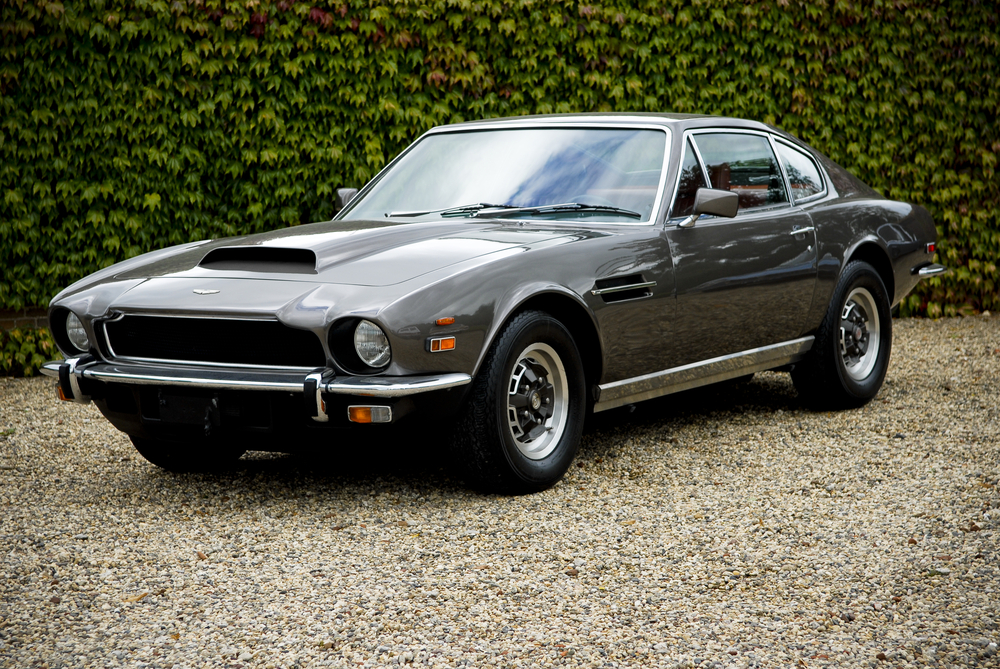
The Aston Martin V8 Vantage became a movie star in “The Living Daylights” as James Bond’s rugged and powerful vehicle. Its British sophistication, thrilling action sequences, and association with the iconic spy franchise elevated it to cinematic legend status. The V8 Vantage’s appearance in the Bond series highlighted its performance capabilities, luxury features, and timeless appeal, making it a beloved symbol of spy cinema and automotive excellence.
Dodge Viper (1991-2017)
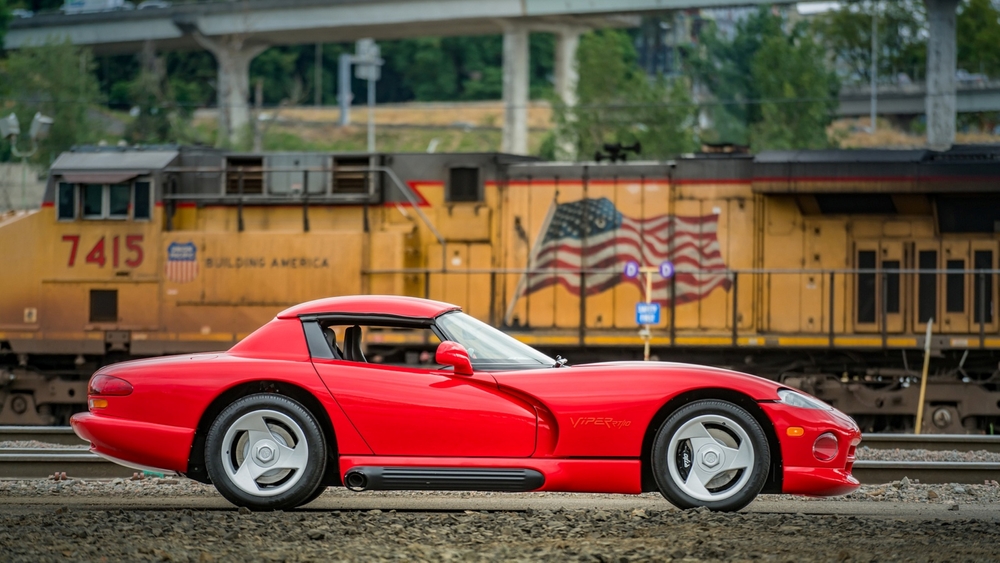
The Dodge Viper became a Hollywood icon in “Con Air” as the vehicle driven by Nicolas Cage’s character, Cameron Poe. Its aggressive design, powerful V10 engine, and association with action-packed sequences added to its status as a movie star car. The Viper’s appearance in the film showcased its performance capabilities and rugged demeanor, making it a symbol of speed and excitement in the world of cinema.
Ferrari Testarossa (1984-1996)

The Ferrari Testarossa gained fame in “Miami Vice” as the iconic ride of Sonny Crockett, played by Don Johnson. Its sleek design, wide rear stance, and signature side strakes captured the essence of 1980s automotive style and luxury. The Testarossa’s appearance in the series not only elevated its status as a symbol of wealth and sophistication but also cemented its place as a cultural icon associated with the glamorous Miami Vice era.
Porsche 928 (1977-1995)
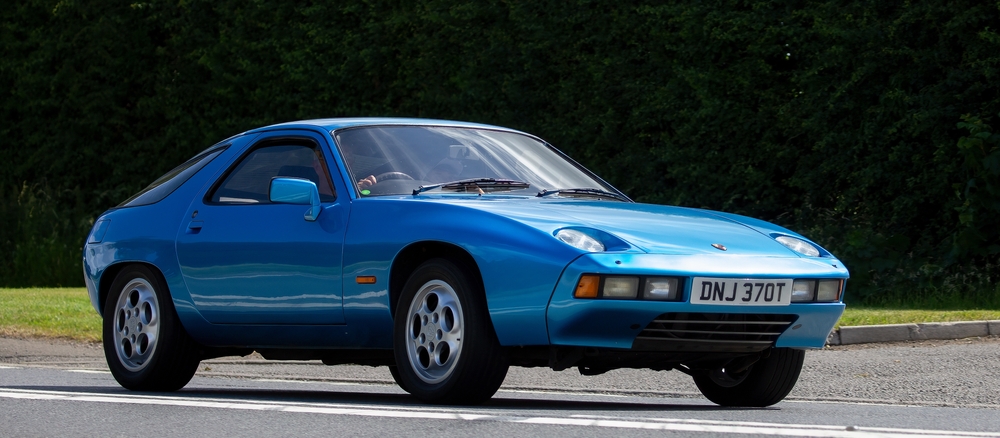
The Porsche 928 achieved fame in “Risky Business” as Joel’s dream car, symbolizing his journey into adulthood and newfound independence. Its grand tourer styling, luxurious interior, and innovative features reflected the aspirations of young professionals in the 1980s. The 928’s role in the film highlighted its blend of performance and comfort, making it a memorable movie star that represented the allure of success and luxury.
Jaguar XJ220 (1992-1994)
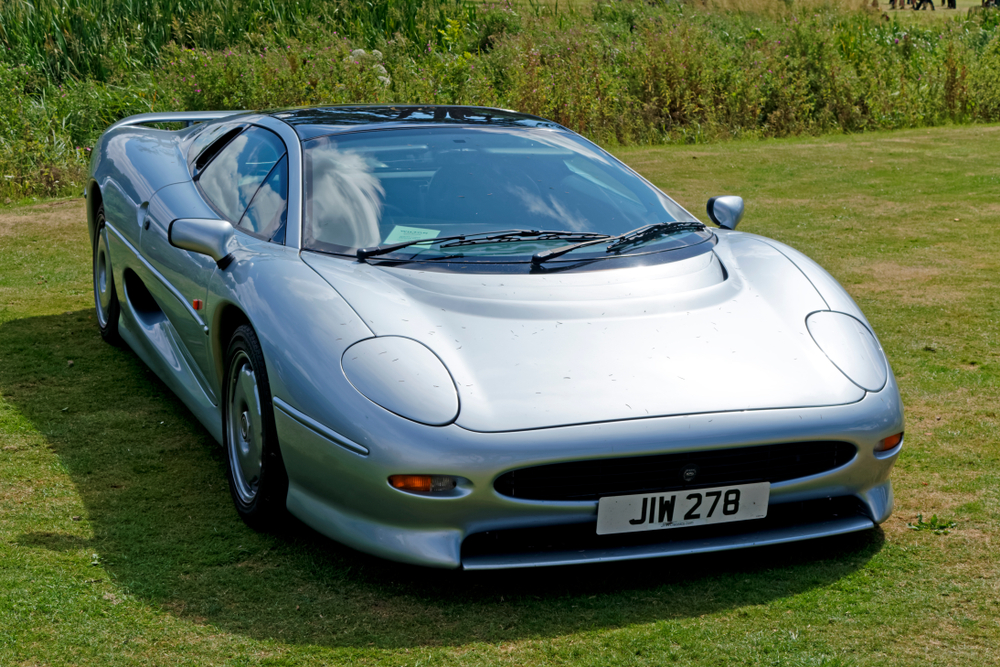
The Jaguar XJ220 became a cinematic legend in “Get Shorty” as the flashy ride of a Hollywood producer, embodying the excess and extravagance of the entertainment industry. Its sleek design, impressive top speed, and limited production numbers added to its mystique and appeal among automotive enthusiasts. The XJ220’s appearance in the film symbolized the glitz and glamour of Hollywood, making it a standout among exotic movie star cars.
Chrysler Imperial (1926-1993)

The Chrysler Imperial gained cinematic fame in “The Green Hornet” as the crime-fighting vehicle known as the Black Beauty, outfitted with gadgets and weaponry. Its imposing design, luxury features, and association with superhero lore made it a beloved movie star car. The Imperial’s appearance in the film showcased its versatility and iconic status as a symbol of justice and adventure.
Lotus Esprit (1976-2004)
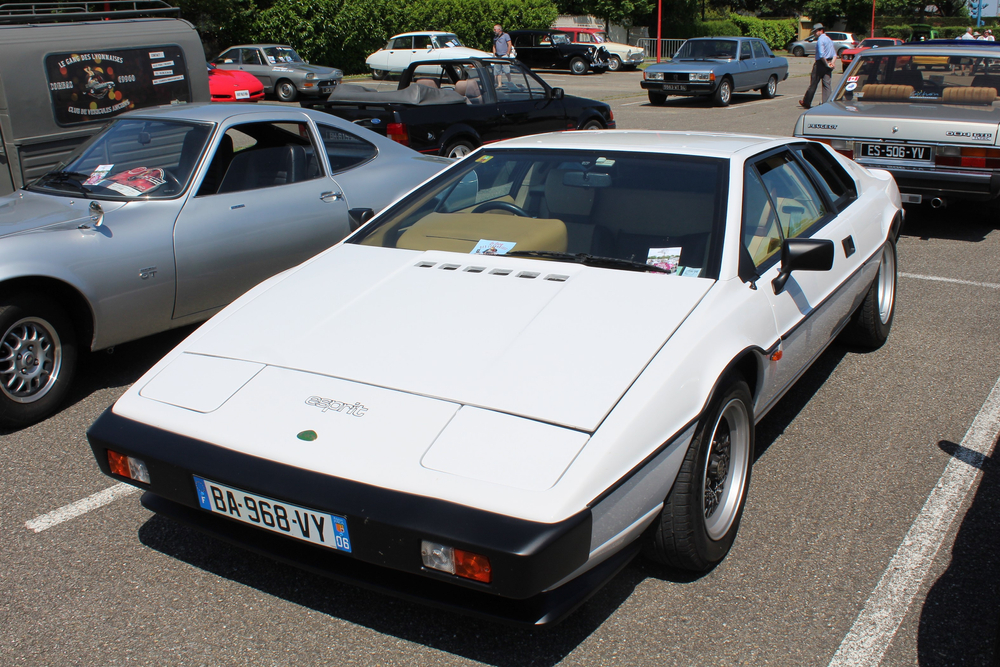
The Lotus Esprit became a Hollywood icon in “The Spy Who Loved Me” as James Bond’s amphibious vehicle, affectionately known as the “Wet Nellie.” Its sleek design, underwater capabilities, and association with spy movie gadgets made it a memorable movie star. The Esprit’s transformation from land to sea added to its allure, showcasing its versatility and innovative engineering, making it a standout among Bond cars and automotive legends.
Mercury Monterey (1950-1974)
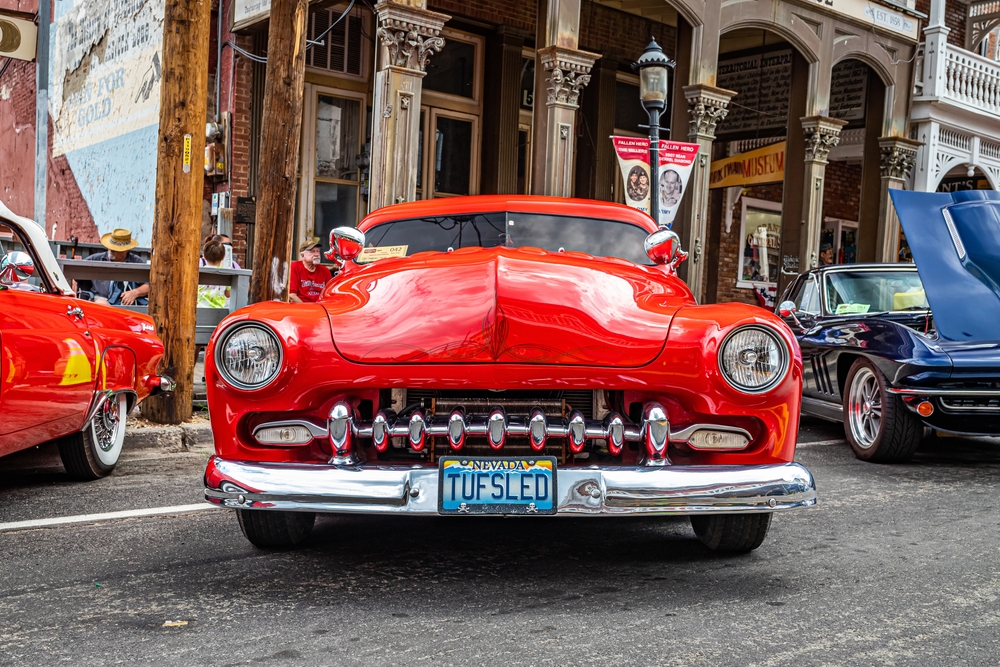
The Mercury Monterey achieved fame in “American Graffiti” as a symbol of 1950s cruising culture and teenage rebellion. Its chrome accents, distinctive grille, and role in capturing the nostalgia of an era defined by rock ‘n’ roll and car culture made it a beloved movie star. The Monterey’s appearance in the film reflected the freedom and excitement of cruising down Main Street, making it an enduring symbol of classic Americana.
Oldsmobile Cutlass (1961-1999)

The Oldsmobile Cutlass gained cinematic fame in “Two-Lane Blacktop” as a symbol of counterculture rebellion and the open road. Its understated design, V8 engine options, and role in a cross-country road trip adventure added to its allure among automotive enthusiasts. The Cutlass’ appearance in the film captured the spirit of 1970s automotive culture, showcasing its performance capabilities and status as a movie star car.
Dodge Challenger SRT Demon (2018-present)
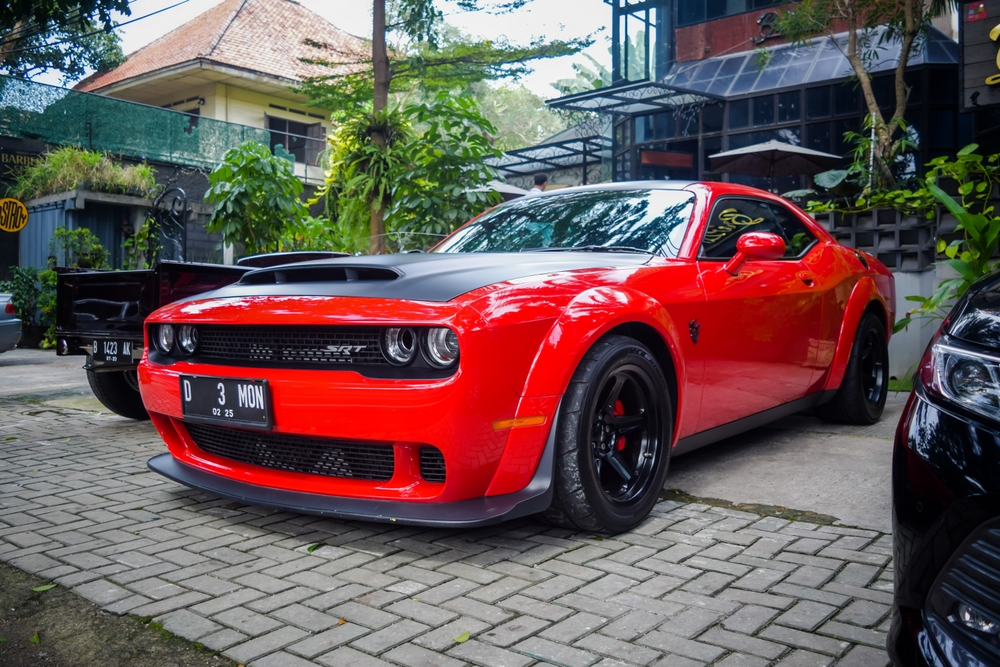
The Dodge Challenger SRT Demon became a movie star in “The Fate of the Furious” as a high-performance vehicle driven by Vin Diesel’s character, Dominic Toretto. Its extreme power, drag racing capabilities, and association with intense action sequences solidified its status as a modern movie star car. The Demon’s appearance in the film highlighted its record-breaking performance and cutting-edge technology, making it a standout among muscle cars in cinema.
AMC Pacer (1975-1980)
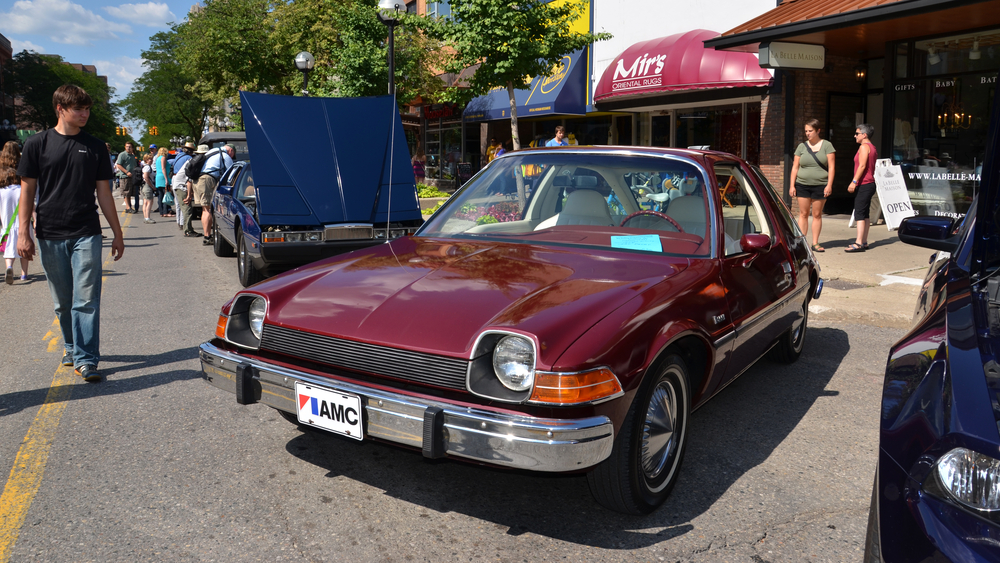
The AMC Pacer achieved fame in “Wayne’s World” as Wayne and Garth’s quirky ride, the “Mirthmobile.” Its unique design, compact size, and association with the characters’ eccentric personalities made it a memorable movie star. The Pacer’s appearance in the film highlighted its unconventional charm and retro appeal, adding to its cult status among fans of the comedy genre and automotive enthusiasts alike.
Mercury Cougar (1967-1997)

The Mercury Cougar gained cinematic fame in “Gone in 60 Seconds” as a classic car targeted for theft, adding to its allure and mystique as a movie star vehicle. Its sleek styling, performance options, and role in adrenaline-pumping chase scenes contributed to its memorable on-screen presence. The Cougar’s appearance in the film captured the excitement of high-speed pursuits and the allure of vintage cars, making it a standout among movie star muscle cars.
This article originally appeared on MyCarMakesNoise.
More from MyCarMakesNoise
10 Benefits of Driving Hybrids Over Conventional Cars
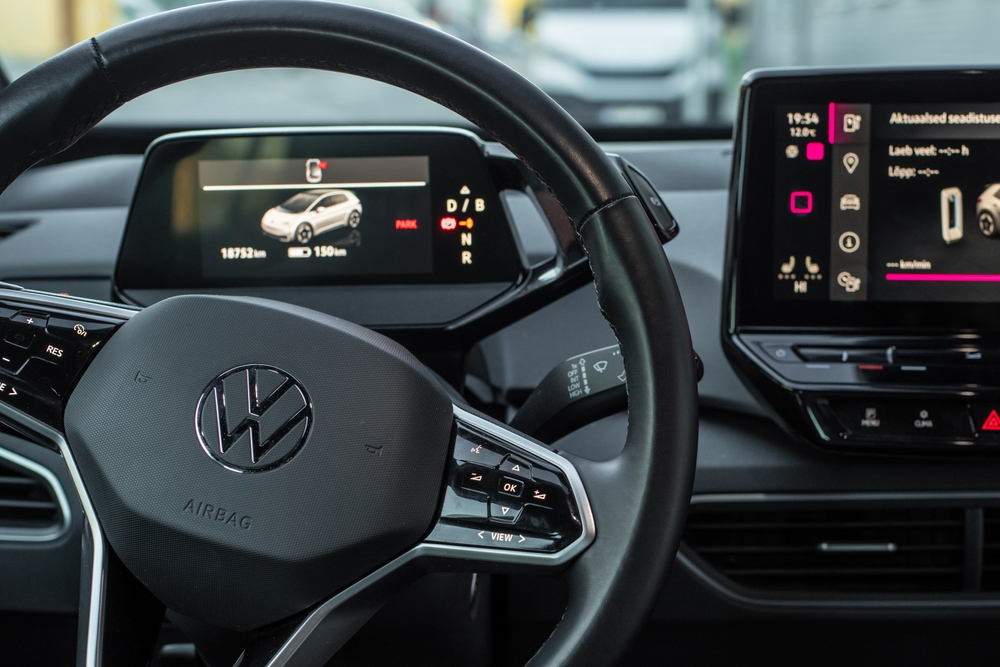
As the tides turn against conventional gasoline engines, the allure of hybrids goes beyond just being eco-friendly. Read More.
10 Must-Have Motorcycle Accessories for Comfort and Protection
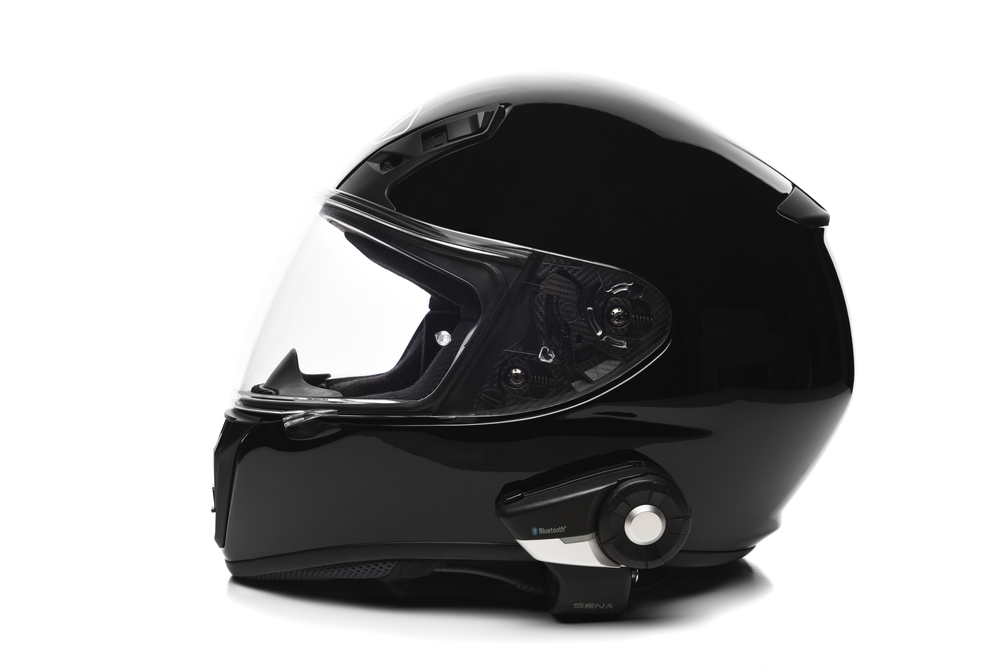
This article delves into those often overlooked essentials that not only elevate the riding experience but also ensure safety and convenience at every twist and turn. Read More.
The 14 Most Fuel-Saving Motorcycles
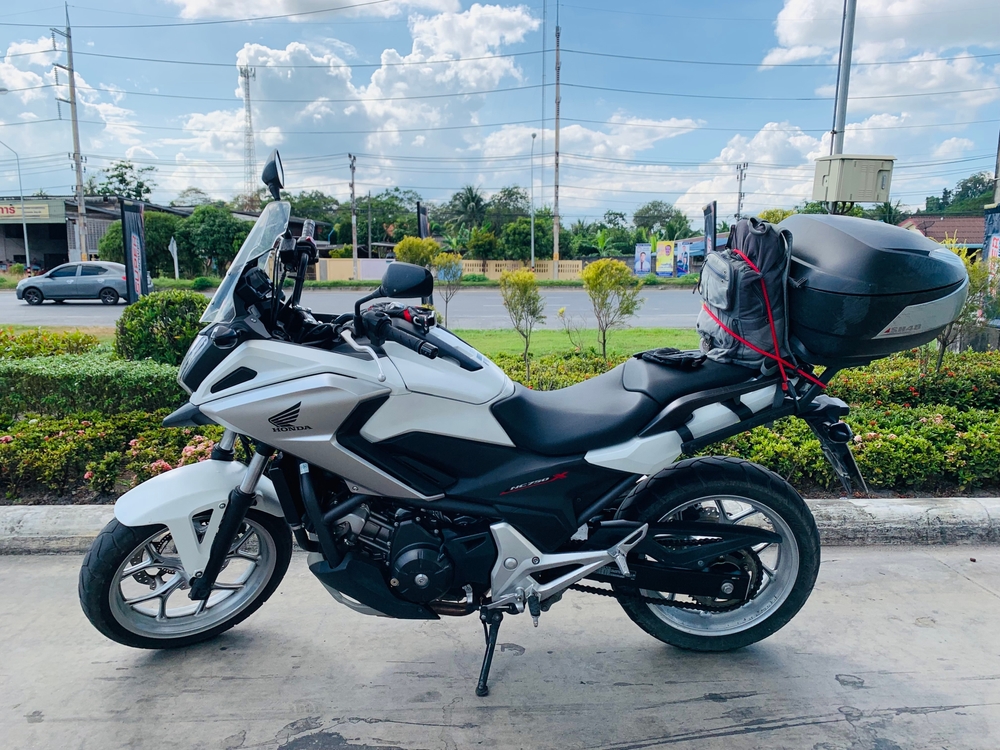
As urban landscapes continue to expand and roads become increasingly congested, the need for practical and sustainable transportation solutions is more pressing than ever. Enter the realm of fuel-efficient motorcycles, a blend of innovation, performance, and economy that answers the daily commute dilemma. Read More.


